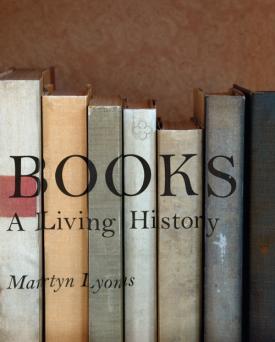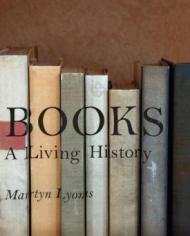 Books are a tremendous presence and inspiration around here — we’ve previously explored how they’ve been made from the Middle Ages to today, what the future might have in store for them, and why analog books still enchant us. In Books: A Living History, Australian historian Martyn Lyons (of A History of Reading and Writing in the Western World fame) explores how books became one of the most efficient and enduring information technologies ever invented — something we seem to forget in an era plagued by techno-dystopian alarmism about the death of books.
Books are a tremendous presence and inspiration around here — we’ve previously explored how they’ve been made from the Middle Ages to today, what the future might have in store for them, and why analog books still enchant us. In Books: A Living History, Australian historian Martyn Lyons (of A History of Reading and Writing in the Western World fame) explores how books became one of the most efficient and enduring information technologies ever invented — something we seem to forget in an era plagued by techno-dystopian alarmism about the death of books.
It is difficult now to imagine how some of the great turning points in Western history could have been achieved without [the book]. The Renaissance, the Reformation, the Scientific Revolution and the Age of Enlightenment all relied on the printed word for their spread and permanent influence. For two and a half millennia, humanity used the book, in its manuscript or printed form, to record, to administer, to worship and to educate.” ~ Martyn Lyon
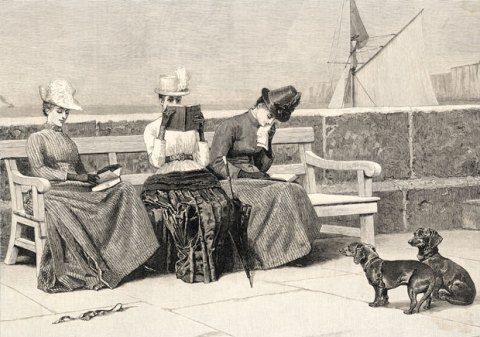
Illustrated London News Ltd / Mary Evans Picture

Yves Gellie / Corbis
Defining the book itself is a risky operation. I prefer to be inclusive rather than exclusive, and so I offer a very loose definition. The book, for example, does not simply exist as a bound text of sheets of printed paper — the traditional codex with which we are most familiar today. Such a definition forgets two millennia of books before print, and the various forms that textual communication took before the codex was invented.
A traditional definition based only on the codex would also exclude hypertext and the virtual book, which have done away with the book’s conventional material support. I prefer to embrace all these forms, from cuneiform script to the printed codex to the digitized electronic book, and to trace the history of the book as far back as the invention of writing systems themselves. The term ‘book’, then, is a kind of shorthand that stands for many forms of written textual communication adopted in past societies, using a wide variety of materials.” ~ Martyn Lyons
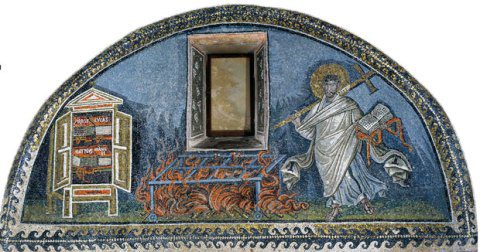
akg-images / Cameraphoto
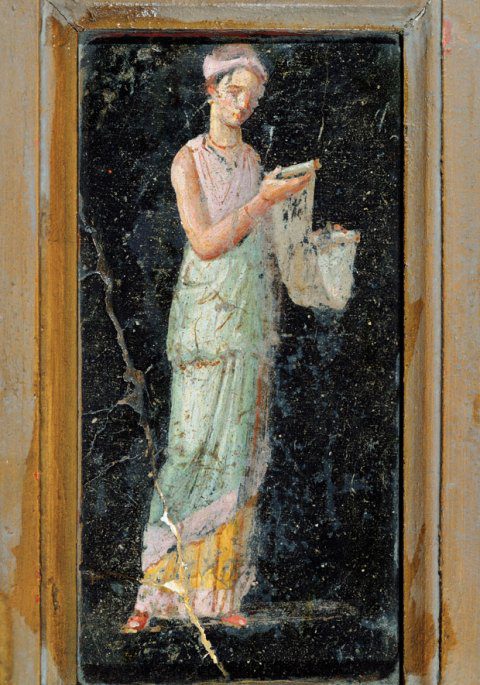
From the first papyrus scrolls to the painstakingly made illuminated manuscripts of the Middle Ages to today’s ebooks and the iPad, Lyons distills the history and evolution of books in the context of a parallel cultural evolution and, as in the case of Gutenberg’s printing press, revolution.

Leonard de Selva / Corbis
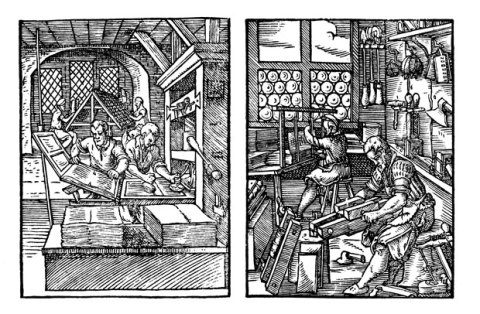
Navigating through 2,000 gloriously illustrated years of literary milestones, genres, and groundswells, from serial and dime novels to paperbacks to manga, Lyons ends with a bittersweet contemplation of the fate of the book and the bibliophile after the turn of the digital century.
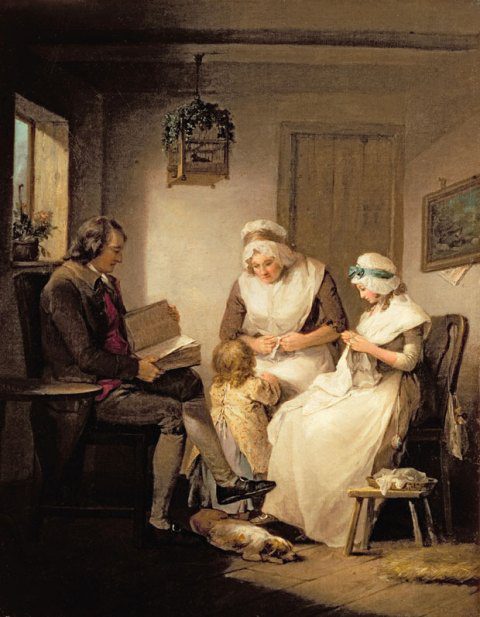
Christi’s Images / Bridgeman Art Library
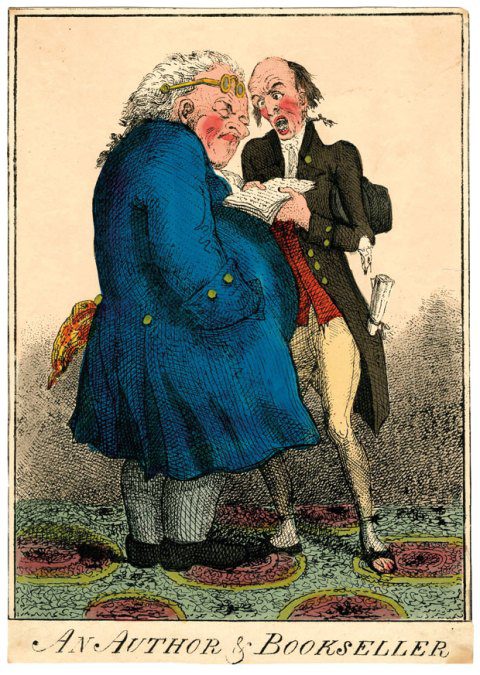
British Museum, London
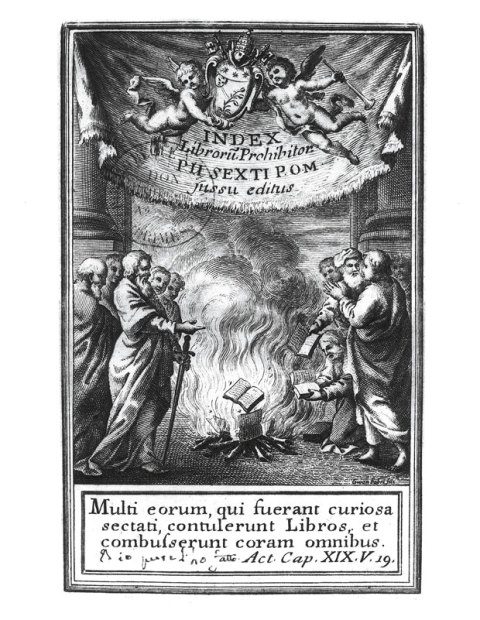
Bridgeman Art Library
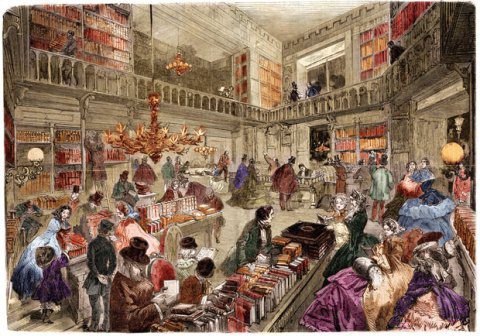
Stefano Blanchetti / Corbis
Both a cultural time-capsule and an encyclopedia of bibliophilia, Books: A Living History is an invaluable record of our collective intellectual and informational journey across two millennia of written language and a profound peer into its future.
Images courtesy of Getty Publications // HT my mind on books


